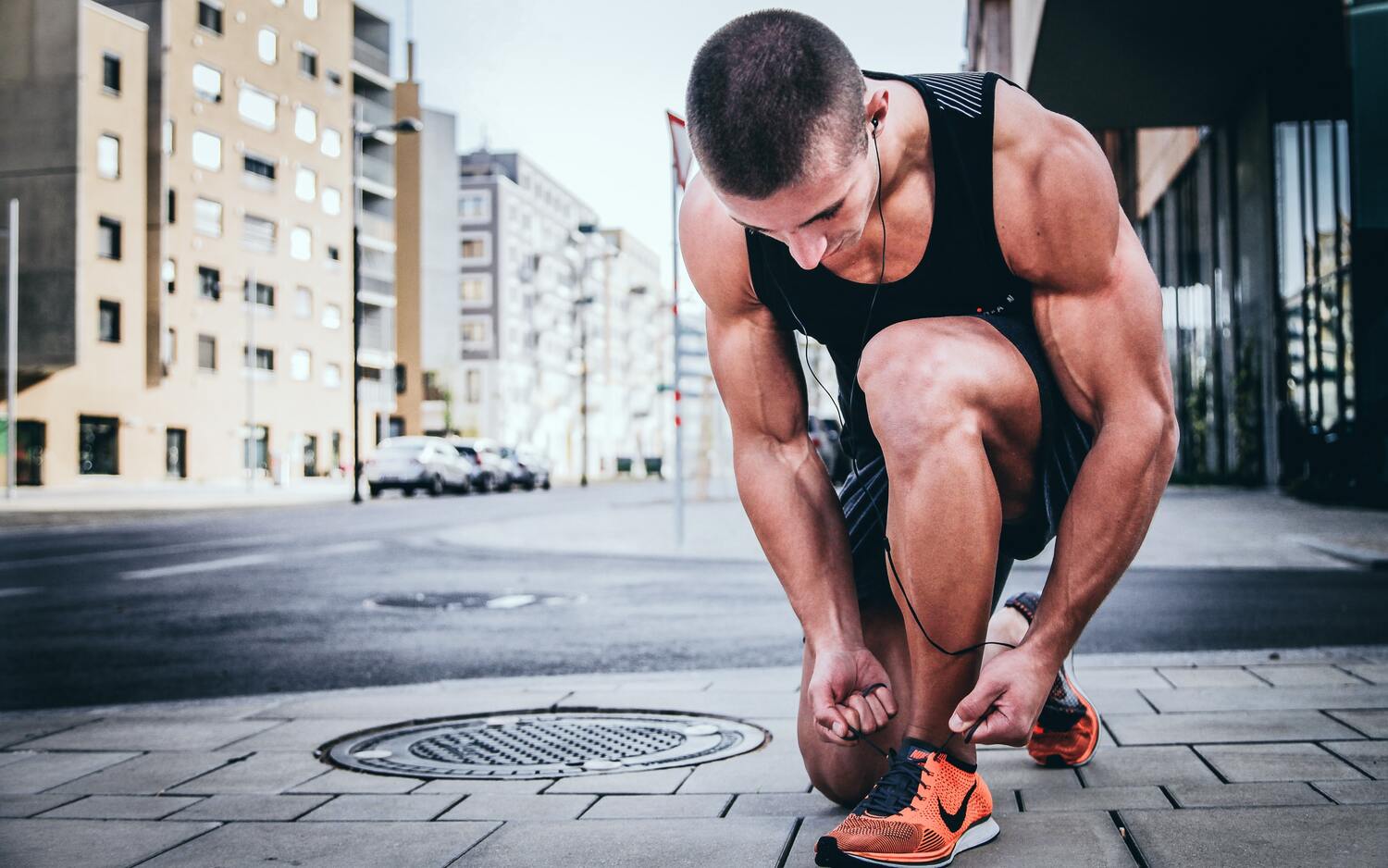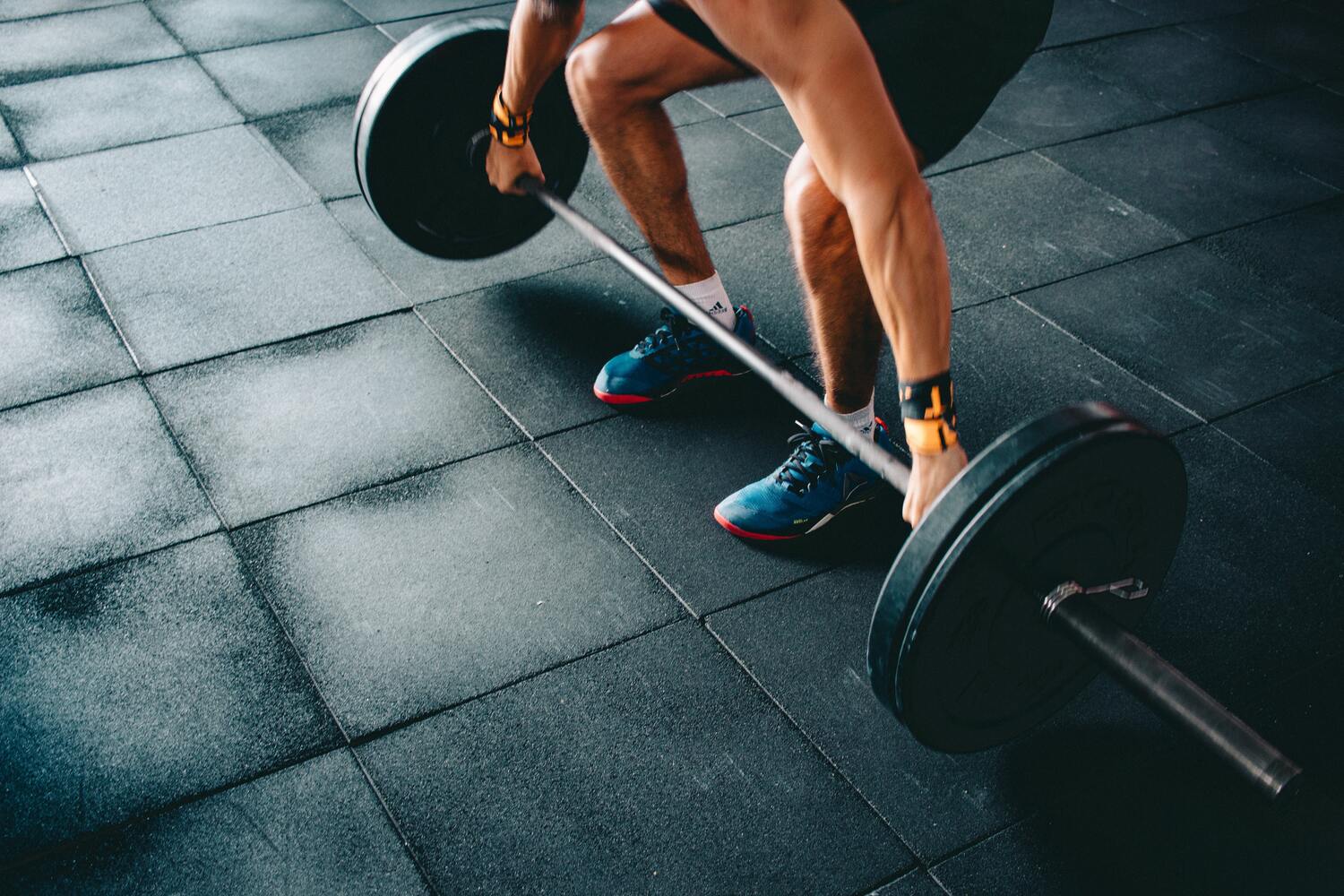Aerobic exercise is good for your heart, and resistance training can build lean body mass. These are facts that most people know. But, what most people who work out may not fully understand is how the body uses energy while they exercise and how different types of exercises elicit different responses in the body.
If you are planning to work out and cut weight, knowing how your body uses energy as you exercise is essential in designing the most effective exercise program.
In this post, you will learn how your body uses energy by converting the food you eat into usable energy that moves your muscles while you exercise.
What Is Energy Expenditure?
When you consume food, your body converts it into energy. This energy is measured in calories.
Different foods give different energy levels, with fats and alcohol containing the highest calories (at least 9 calories per gram). Carbohydrates provide 4 calories per gram. It means that the energy level in your body depends on the type of food with the amount of food you consume.

Your body uses the energy from food to maintain essential functions like breathing, moving, and working out. The body needs a specific fixed energy level to perform some operations. When the number of activities an individual engages in increases, the energy requirement in the body also goes up.
What Makes the Body Burn Calories?
The amount of energy an individual can burn depends on many factors. The two major energy expanders in the body are performing physical activities from housecleaning to running and performing essential functions like breathing. How your body uses energy is also influenced by other factors like gender, occupation, and age.
Essential Body Functions
The essential functions in the body also result in energy expenditure. For instance, a person resting on a bed or sleeping requires at least 1200 calories in 24 hours to maintain the essential functions in the body, like breathing. This is known as Basal Energy Expenditure (BEE), the most significant energy expenditure component.
Physical Activity
An individual also spends most of the energy stored in the body when performing any physical activity. This accounts for the Total Energy Expenditure (TEE), which is BEE plus any other types of energy expenditure. For athletes and individuals engaging in more vigorous physical activities, the energy consumed is usually higher than that consumed for performing essential body functions.
Physical activity is any activity you engage in that involves the movement of body muscles. It is an activity sometimes characterized by induced breathing and sweating. Thus, the amount of energy your body uses as you work out depends on how vigorous the activity is and the type of exercise. For instance, an individual running on a treadmill for 30 minutes will likely spend more energy than someone walking for 30 minutes.

Bodyweight also determines the amount of energy used during exercise. Heavier individuals consume more energy working out compared to lighter individuals on the same task. For instance, if you weigh 125 lbs., you spend at least 135 calories walking for only 30 minutes. If you weigh 155 lbs., you will spend at least 165 calories walking the same distance and time.
Energy Use When You Work Out
The process of the body producing and using energy is a bit complex. The body requires a constant supply of energy to function well and to maintain internal balance and health. Any food you eat offers the body cells the energy you require to function well and survive.
Once you consume any food, it enters your body, and it has to be converted into simple units like carbohydrates, fats, and proteins. Your body converts the energy stored in these nutrients and stores them in the form of ATP. Now, when the chemical bonds holding ATP together are broken down, it releases energy that your body needs to exercise.
Monitor Your Energy Usage
Monitoring your heart rate is one of the most effective methods of determining your predominant energy system. You can easily determine the intensity of your workout by monitoring your heart rate. It is also possible to measure how you transition from aerobic to anaerobic exercise by simply observing your heart rate.
By watching any substantial increase in muscle fatigue, heart rate, and how fast you breathe, you can easily tell your transition point. However, the transition point tends to be different from person to person. It is not easy to sustain the intensity of your exercise for more than two minutes if you engage in anaerobic exercise.

Once you notice your intensity dropping down, it means you’ve been engaging in anaerobic exercise. On the other hand, if you can sustain your workout for more than 1-2 minutes, you’ve been exercising aerobically. You can perform a high-intensity workout as long as you improve your fitness level.
Energy Usage- How Does it Affect Your Workout?
According to the American College of Sports Medicine, it is recommended that you engage in intensified physical activity that lasts between 20 and 30 minutes if you only want to improve your physical health. This time limit excludes the time you spend warming up and cooling down.
If you are training for an event, you should design a training program that focuses on the type of activity involved. For instance, training to run a marathon can involve any combination of running, bodyweight exercises, resistance training, strength training, HITT, and stretching exercises.
Also, if you want to lose weight, focus on your caloric deficit of about 500 calories a day. Any activity that helps you cut weight should increase your Total Energy Expenditure. You can start with a combination of resistance training and aerobic exercise to cut some weight.












